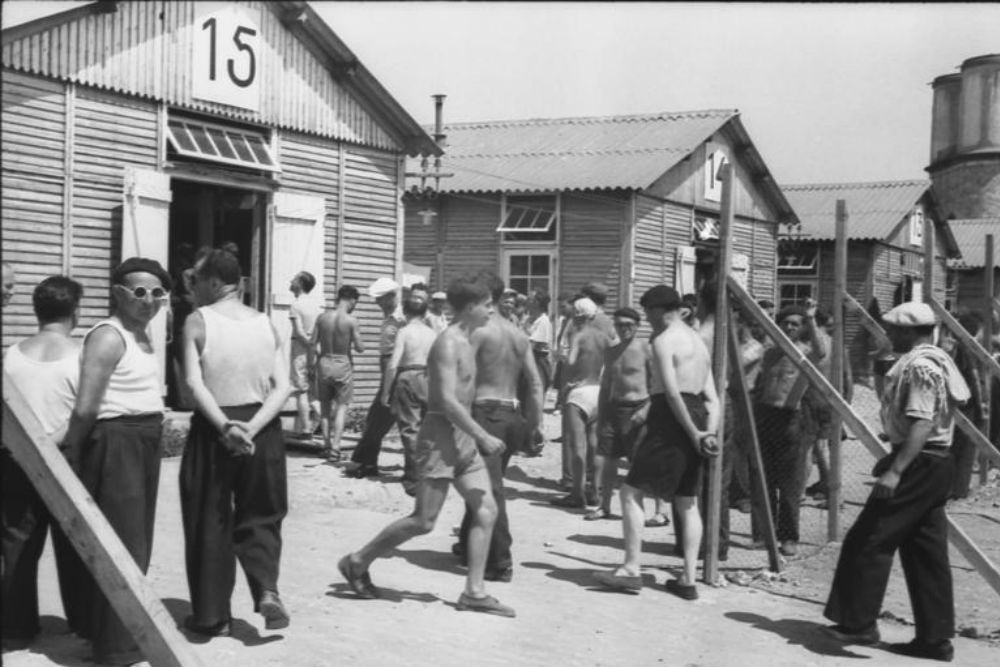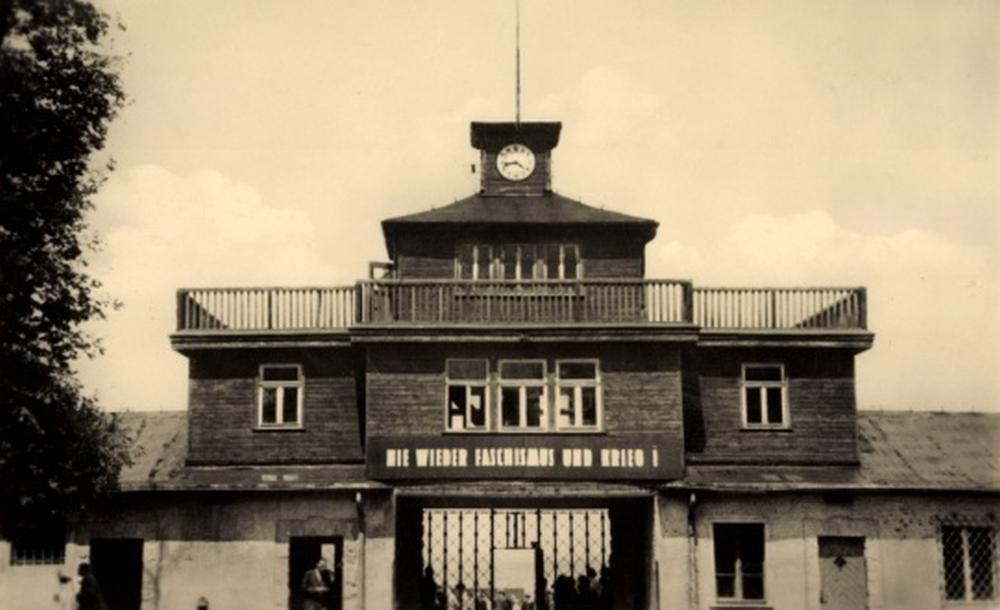Concentration Camp Beaune-la-Rolande
The Beaune-la-Rolande concentration camp was in use between 1939 and 1943. Officially it served as an internment and transit camp.
The camp was opened in 1939 to house future German prisoners of war. In 1940 it was used by the Germans as a camp for French prisoners of war. Beaune-la-Rolande consisted of 14 barracks surrounded by barbed wire and watchtowers. From May 14, 1941, the camp was used as an internment and transit camp for Jews. In 1942, the majority of the Jewish internees (including 1,500 children) were deported from Beaune-la-Rolande to the east.
On 16 and 17 July 1942, during a large-scale razzie in Paris, Jews were arrested by the French police on behalf of the German occupiers and stayed for several days in Vélodrome d''Hiver, a cycling stadium in Paris. More than 13,000 Jews of foreign nationality (the French Jews were left alone) were deported from there to transit camps, such as those of Beaune-la-Rolande and Drancy, and then on to Auschwitz. Not even a hundred of them survived the war.
The camp was closed on August 4, 1943.
Beaune-la-Rolande was used after the Second World War for the repatriation of people who were in other concentration camps. One of them was Jan Abbink, who was deported by the Red Cross on June 20, 1945, probably from Vienna to Beaune-la-Rolande.
Today there is nothing left of the camp. An agricultural school now stands on the site where the camp used to be. Beaune-la-Rolande also plays a role in the filmed book Elle s''appelait Sarah (Her name was Sarah) by Tatiana de Rosnay.
Do you have more information about this location? Inform us!
Source
- Text: Kaj Metz & Herman van Kralingen
- Photos: Bundesarchiv
- - Displaced Persons record Jan Abbink
- ROSNAY, T. DE, Haar naam was Sarah, Artemis, Amsterdam, 2010.











